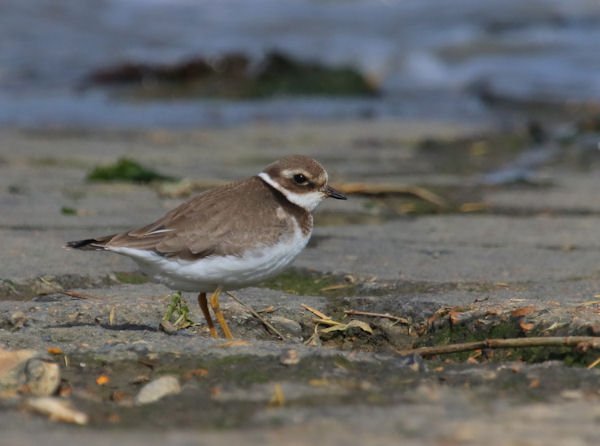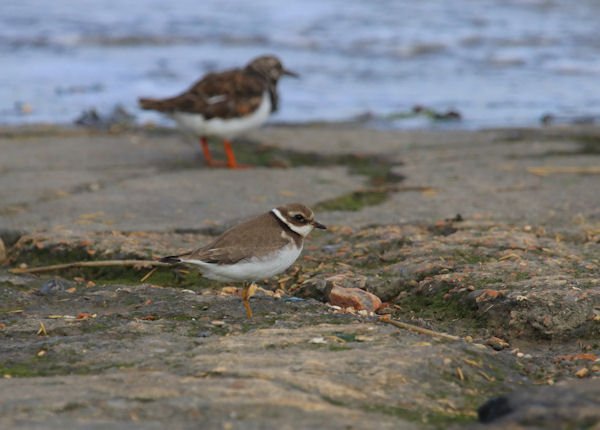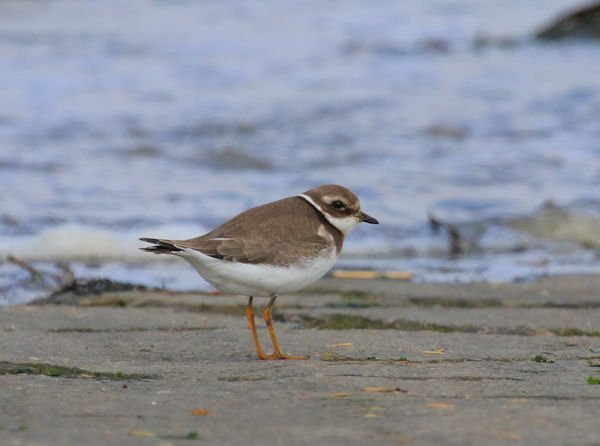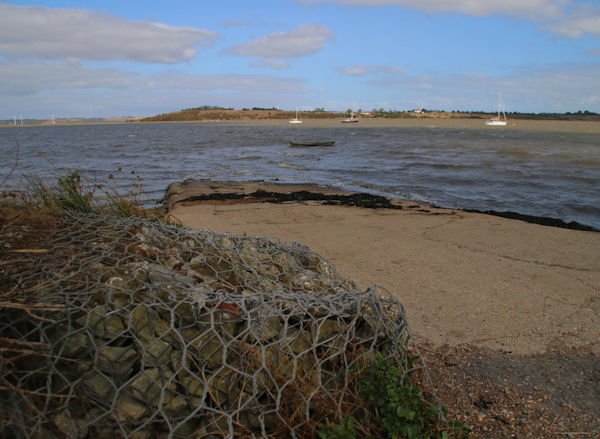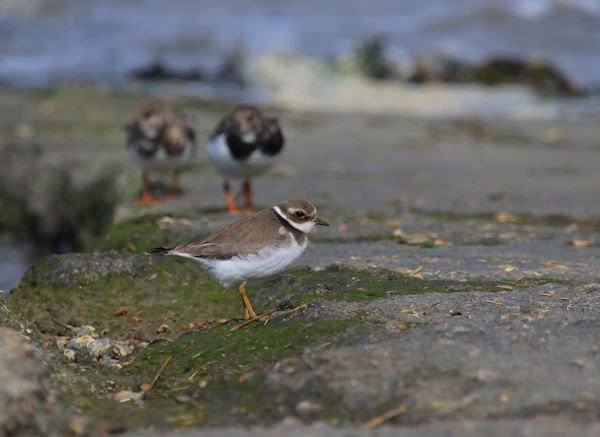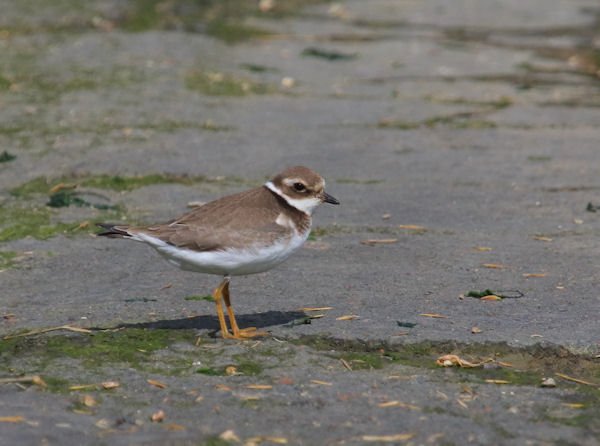This post is not a twitch, but it is much more fun to read if you first dwell upon the sentiments from the last picture of Corey’s post from East Pond, Jamaica Bay, 2015
It would be a bold birder that calls a Common Ringed Plover, Charadrius hiaticula where Semi-palmated Plover, C. semipalmatus is also an option. Luckily, they are almost completely mutually exclusive. Even when the feet, the characteristic physical difference, are not visible, it is probably safe to assume.
The voices are different however and one can distinguish between the two species through their vocalisations. The Common Ringed Plover’s two-toned call is lower and less sophisticated than the Semi-palmated’s.
Very occasionally though, one might stray down the eastern seaboard of the USA, but for the most part, those that breed in arctic Canada migrate towards Europe and swell numbers there during the winter. In this part (sorry Corey) all those tundran breeders seem to have followed the path most flown.
This individual was seen from the ferry jetty on the estuary of the River Thames in the UK. The concrete ramp collects seaweed as the tide pushes back and forth. The seaweed, in its turn attracts insects and thus birds.
The faint scalloping on the back suggests that it is a young bird. I am not prepared to commit on its provenance; numbers on the estuary are already increasing even before the autumnal equinox and it would be impossible to distinguish home-grown birds from those that have flown in from Iceland, Greenland and high Canada.
Source link

